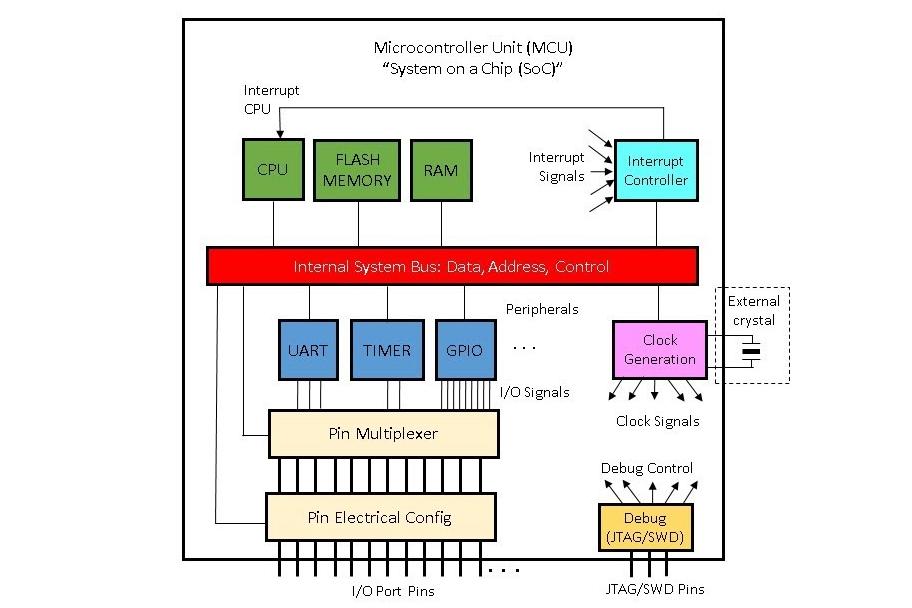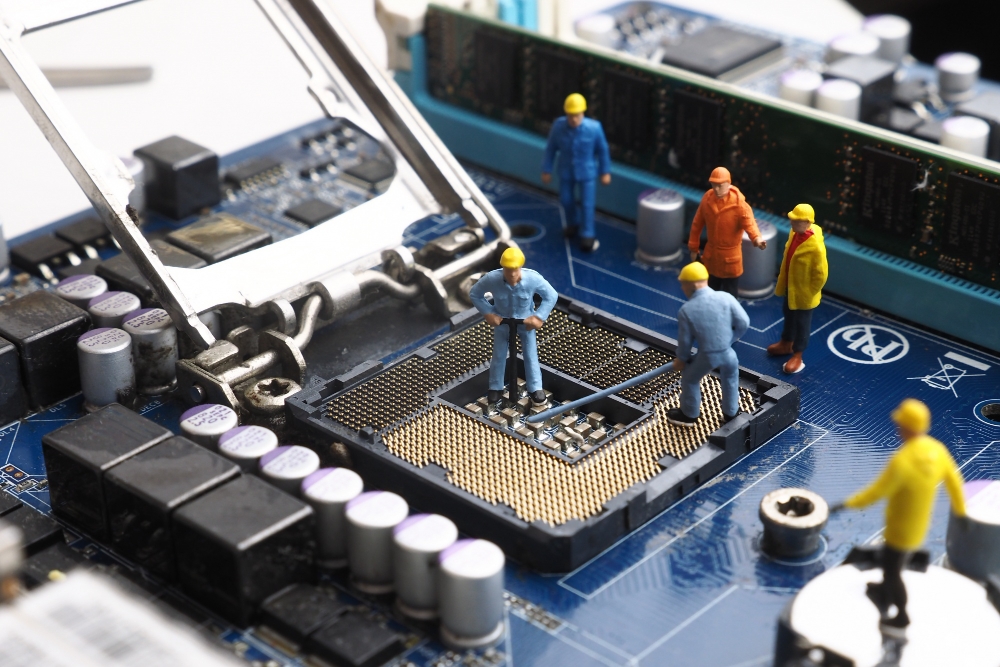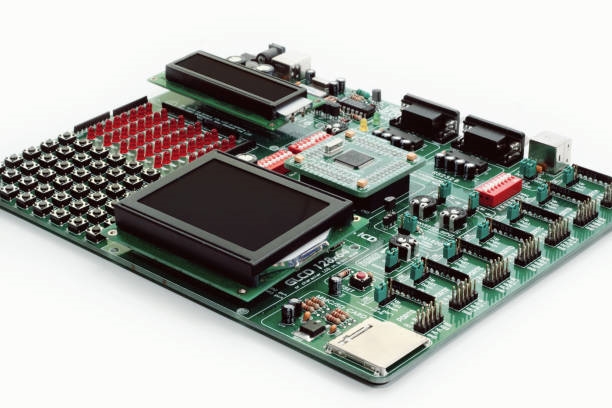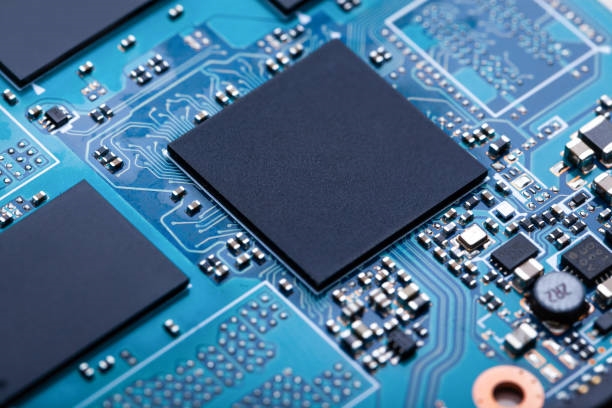
Software architecture is key to building reliable embedded applications. This article explores three common software architectures used in microcontroller development: layered, event-driven, and service-oriented. We will examine the characteristics, use cases, and example code for each to better understand their differences and advantages.
Layered Architecture
A layered architecture is a design method that divides an embedded system into multiple layers. Each layer has clearly defined responsibilities and functions, and communicates with other layers through interfaces, which reduces coupling. The key layers are as follows:
- 1. Application Layer: The top layer, containing the user interface, application logic, and communication protocols. It handles functions related to the specific application.
- 2. Middleware Layer: This includes the operating system, drivers, and file system. The OS manages tasks and resources, drivers handle communication with hardware, and the file system manages storage and file operations.
- 3. Hardware Abstraction Layer : An abstraction layer that interacts with the hardware, often using standard peripheral libraries or HAL libraries provided by the microcontroller manufacturer.
- 4. Board Support Package: This layer handles hardware-specific initialization and configuration, ensuring the system runs correctly on the target hardware.
The advantages of a layered architecture include clear modularity and maintainability, making it suitable for projects that require well-defined functional hierarchies.
Layered Architecture Example Code
// Application Layer
#include "app_led.h"
int main(void) {
// Application layer code in a layered architecture
APP_LED_Init();
while(1) {
APP_LED_Toggle();
HAL_Delay(1000);
}
}
Event-Driven Architecture
An event-driven architecture is a design based on responding to events. Each module can register and listen for different events, and the system uses an event management mechanism to facilitate communication and collaboration between modules. Key features of this architecture include:
- Modules can listen and respond to specific events without requiring polling in a main loop.
- The system can more easily accommodate new functional modules through event registration and handling.
- An event-driven architecture typically requires an event management system to dispatch and process events.
This architecture is suitable for systems requiring rapid responses to external events or asynchronous operations, such as sensor data acquisition and control systems.
Event-Driven Architecture Example Code
// Event handler function
void EventHandler_LEDToggle(void) {
// Control the LED
HAL_GPIO_TogglePin(GPIOA, GPIO_PIN_5);
}
int main(void) {
// Register the event handler
Event_RegisterHandler(Event_LED_Toggle, EventHandler_LEDToggle);
while(1) {
// Main loop processes events
Event_Process();
}
}
Service-Oriented Architecture
A service-oriented architecture (SOA) divides the system into multiple services, with each service providing a set of related functions. Modules communicate and interact by calling service interfaces. The main features are:
- Each service is responsible for a well-defined set of tasks, and modules execute specific functions by calling service interfaces.
- This architecture promotes loose coupling between modules, enhancing system maintainability and reusability.
- SOA typically requires a service registry to manage available services.
SOA is well-suited for projects that require modularity and a high degree of reusability, such as communication protocol stacks or multi-functional embedded systems.
Service-Oriented Architecture Example Code
// Service interface
void Service_LED_Toggle(void) {
// Control the LED
HAL_GPIO_TogglePin(GPIOA, GPIO_PIN_5);
}
int main(void) {
// Register the service
Service_Register(Service_LED_Toggle);
while(1) {
// Call the service
Service_LED_Toggle();
HAL_Delay(1000);
}
}
Conclusion
Different software architectures are suited for different embedded project requirements. A layered architecture is ideal for projects needing clear functional separation, an event-driven architecture excels in systems that must respond quickly to external events, and a service-oriented architecture is best for projects demanding high modularity and reusability. Choosing the right architecture for your project can significantly improve code quality, maintainability, and scalability.
 ALLPCB
ALLPCB







